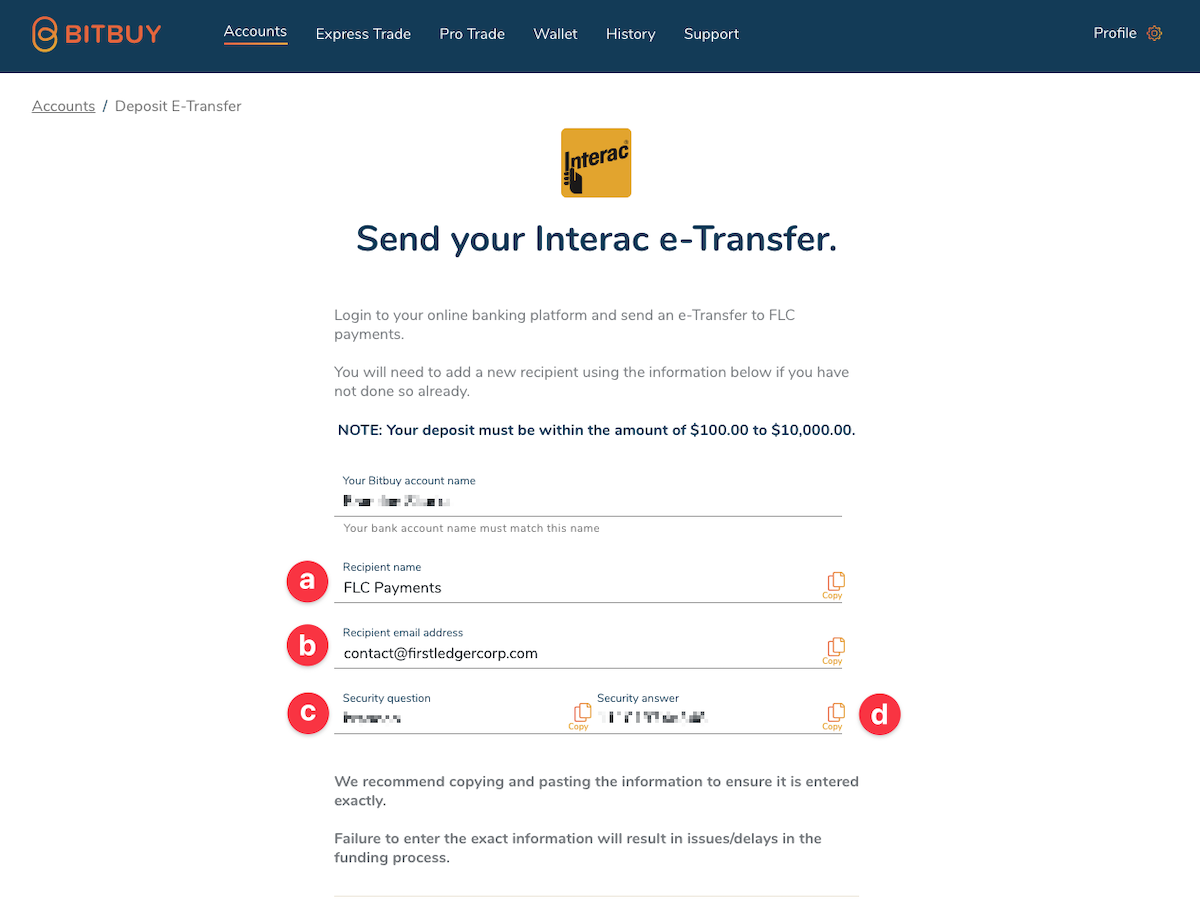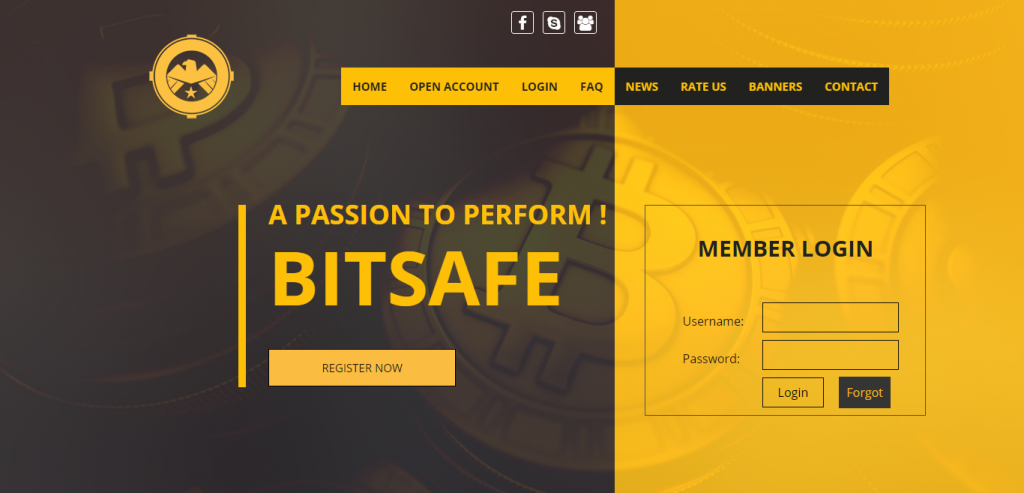

- #Bitsafe to bank account how to
- #Bitsafe to bank account update
- #Bitsafe to bank account verification
For example, you might get an email that looks like it came from your bank, telling you that you must log in to your account and update your information. Phishing scams can take different forms, but they’re often email or text scams. This kind of scam usually involves tricking you into giving up your information. Phishing is one of the most common methods identity thieves use to gain access to personal and financial information. If you get an alert and suspect fraudulent or suspicious activity, contact your bank or credit union immediately and change your online and mobile banking passwords. It’s often possible to receive email or text alerts for the following: You receive near-instant notifications of any potentially fraudulent or suspicious activity. You can set up a VPN through your mobile device or laptop using a VPN service.īanking alerts notify you when certain actions occur. This creates a private network that only you can access. Consider using a virtual private network (VPN).Your laptop or mobile device’s firewall may automatically flag sites that are deemed unsafe.

Look for “https” in the site’s URL, which triggers the lock icon in your browser.
#Bitsafe to bank account how to
Look up how to do this for your operating system.

If you must access online banking or mobile banking with public Wi-Fi, here are some tips to stay secure. It’s best to avoid using online or mobile banking when you’re on a public Wi-Fi network.
#Bitsafe to bank account verification
First, you enter your login name and password and then you have to pass a second security test.įor example, you may need to enter a special code, verify your account through an automated phone call, use biometric verification or identify an image. Two-factor, or multifactor, authentication can add a second layer of security verification when logging in to your online or mobile banking account. Change them every three to six months to lower the odds of your password being stolen or decoded by hackers.Īnd consider using a password manager to store and protect your passwords-and make using longer and more complicated passwords easier. Update your online banking passwords regularly. Don’t write passwords on the back of debit or credit cards or keep them in your wallet.Don’t store your login details in your online banking or mobile app.Avoid using personal information, such as your name, pets’ names, date of birth, etc.Use a mix of upper and lowercase letters.Choose longer passwords, such as a phrase rather than a single word.Here are some tips for creating stronger passwords for banking online: Those things can make it easier to remember your passwords, but they make it easier for hackers to guess your password and access your online banking information. Using the same password for multiple logins.Relying on common words or simple number combinations.Using personal information, such as your name, address or date of birth.Some common mistakes you may be making with online banking passwords include: Your password can create an opening for hackers, even if you don’t realize it. Use these six strategies to ensure you’re the only one eyeballing your balance. It’s easy to protect your information while still leveraging the convenience of online banking.


 0 kommentar(er)
0 kommentar(er)
